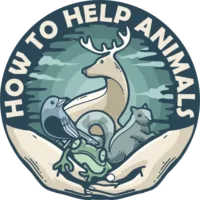Many of us, myself included enjoying helping animals. Most times, the reason is just mainly because we can. The animals can’t pay us back or sometimes don’t even know we did anything for them in the first place. I’ve wanted to help animals my entire life, and often my limitations have been money and cost. So I had to think about other ways I could improve the lives of animals living nearby.
There are numerous ways you can help animals without spending money. For example, picking up the trash lying around, learning about local animals and their needs, keeping the area around your trash can clean, making seed balls and plant them, and many more.
As mentioned earlier, I have been active in my community since I was a kid and had to make up ideas that didn’t cost anything. My parents weren’t so eager to pay for several multiple bird feeders and donations to animal charities. I imagine I’m not alone in supporting the animals but don’t have the money to do it. So I wrote this list to help anyone who struggles to think of things to do for animals that require money.
Things to do for the animals that don’t cost money
1. Picking up trash to help animals
It doesn’t require much to be a trash picker. A bag, a good back and some bendy knees and you are all set!
Litter in nature can be really hard on many animals. They can swallow small plastics which get stuck in their throats, which either blocks their windpipes, so they suffocate, or blocks their digestive system, so they starve. They can easily cut themselves on sharp can edges or broken glass. If they are miserable, they even can get stuck in containers like six-pack rings or glass jars. They can tangle themself in ropes and strings or even get stuck in plastic bags. Even the tiniest gum can clog their throat or get stuck in their fur or feathers.
Picking up trash makes you a star in the neighborhood both among animals and people.
2. Switching to a search engine that plants trees
I can assume you search things sometimes. What if I told you, you can search things, plant trees, and lower the carbon dioxide footprint at the same time. Just by simply changing your current search engine to Ecosia.org, you plant a tree each time you search. It’s effortless. Instead of going to your regular search engine, visit Ecosia instead.
3. Give your food scraps to animals
Do you have a pond with ducks nearby? If you have some food that you won’t be able to finish on your own, they can help you. It would be best if you didn’t give ducks bread since it fills their stomachs and doesn’t give them the proper nutrition. However, ducks love sweetcorn, lettuce, peas, oats, seeds, and rice. They eat all of this, as long as it’s not frozen.
If you don’t have a pond nearby, maybe you have ants or even an anthill nearby? Then you can give the ants a sugar treat. Ants love sugar, but they prefer it in a liquid state. They prefer and need a sugar syrup the most. You can boil water mixed with regular sugar. Make sure it’s more sugar than water, so the ants don’t drown. In case you only have sugar cubes, that is also fine.
4. Use the seeds from your dinner and plant them
If you enjoy planting seeds and watch things grow, this a tip for you, and the bees will thank you. The bees pollinate flowers and helping them bloom, and then use the nectar to produce honey. You can help the bees, wasps, and bumblebees with a greater selection to pollinate.
What food can you pick seeds from?
- Apples
- Avocado
- Date
- Grape
- Kiwi
- Lemon
- Melon
- Nectarine
- Orange
- Peach
- Pears
- Plums
- Sharon fruit
- Tomato
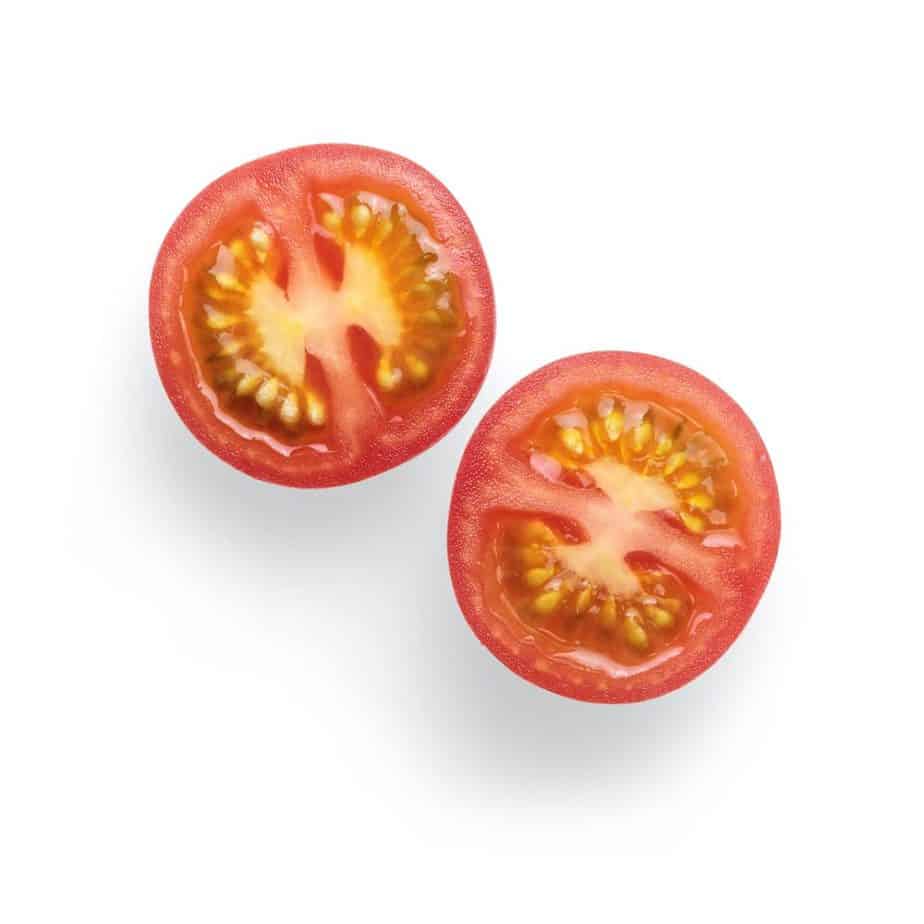
It varies depending on fruits and vegetables how to do it. For the smaller seeds (all but avocado and nectarine), you need to dry the seeds first on a piece of paper or cloth. The best way to get them to grow is inside a pot. After some weeks, when your little seedling has grown a bit, you can take it out and plant it. Try to plant it where you think it will get the most fun and don’t get disturbed.
One important thing to know is to not expect fruit from these. These are hybrid seeds that are specially made for food consumption. Your goal is to grow plants that will give flowers to the bees. If it would grow fruit or vegetables, there’s a risk you won’t enjoy the taste.
There are also ways of planting potatoes, garlic, and different types of onion. But since they can be infected and harm the microbiology in the soil, you shouldn’t plant them in the ground. Instead, plant them in a pot and place the pots on the balcony or in the garden. Don’t reuse the soil afterward.
5. Build a seed bomb and plant it in random places across town
Use seeds from your dinner and make a small seed bomb. The fun thing about these is that you never know what is going to happen. This idea comes from so-called “guerilla gardeners” who plant these to brighten up the public areas.
I used to take tomato seeds, date seeds, lemon seeds, and melons to make mine. Mix the seeds with powdered clay, good soil (if you have compost, use soil from it), and water in a bowl. Shape the mix into balls. Let the balls dry in the sun. Afterward, you place (or throw) the balls in places where you think there’s a need for something to bloom.
Remember where you placed the balls so you can revisit the places and see what is growing.
6. Gain knowledge about local animals
The best way to help someone is to learn more about them first. Why not take a walk to the closest park or nature reserve and learn more about the wildlife. Usually, there is some free information to grab and staff to ask. If you don’t have a park or reserve, you might want to head to the library. Sometimes they keep information about local species. If you get knowledge about the birds in the neighborhood, you can always loan a book at the library about that species.
7. Offer to help at animal shelters, parks, or nature reserves
Does your city have animal shelters, parks, or nature reserves? If so, you are in luck and can help a lot of animals. Animal shelters are sometimes run by volunteers and are always in need of economic support and free labor. Check if your local dog, cat, or rabbit shelters need an extra hand.
Parks often need help with maintenance work. Painting fences, watering, fertilizing, and other simple tasks. Check with your local park and see if your skills are needed.
Nature reserves preserve wildlife among animals and plants. They often need help with something. When I was younger, I often received the honorable work of counting birds. I followed a trail, had a paper and pen with me, and checked how many of every species I could see. They wanted to see how the population was doing. They always appreciated this since it was time-consuming.
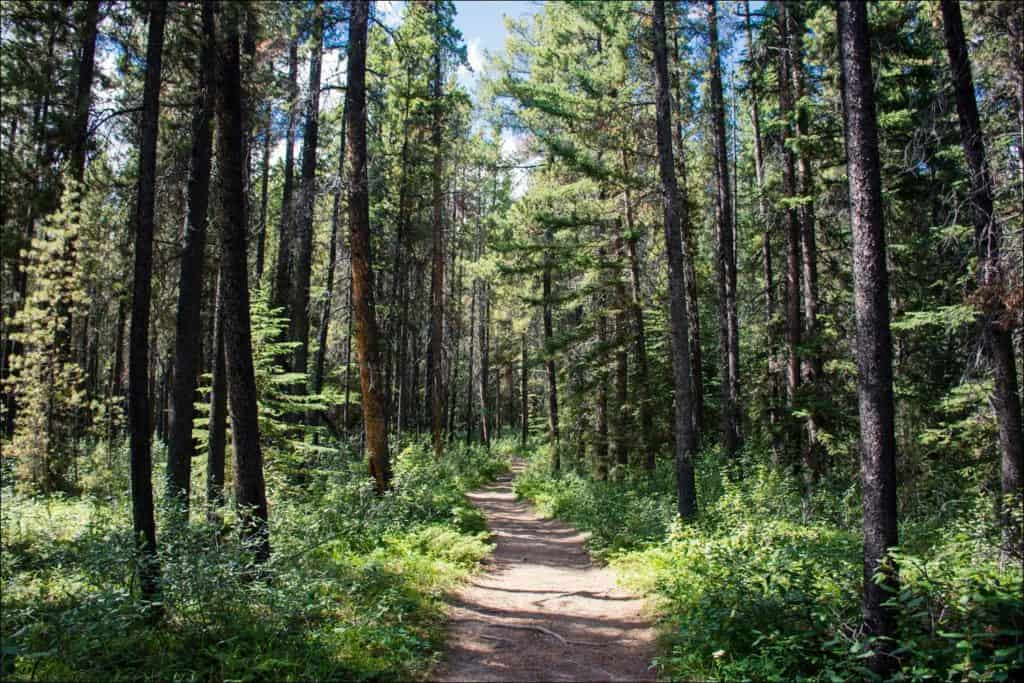
8. Sign petitions that help animals and the environment
There are always some campaigns going on. WWF, Greenpeace, and other organizations that work for a greener planet always have petitions to sign. Giving them your name doesn’t cost anything and doesn’t require much time. Look for petitions to sign online.
9. Start a fundraiser of your own for the animals
If you have a burning heart for a specific animal, that also may be endangered you have a great opportunity to start a fundraiser of your own. It is easy to start through Facebook or Instagram and all your followers will see you have started it. In case you didn’t receive as many donations as you hoped for you, you at least grew awareness in your community.
10. Check your garbage cans to see if the litter has fallen out
Litter around garbage cans can attract wild animals who want a treat. Check to see if any trash has fallen out. Eating litter and garbage isn’t good for animals since they both can choke and get stuck for not mentioning making a bigger mess.
11. Collect twigs and put them next to a tree for birds
Some bird species build their own nests to lay their eggs in. Instead of a bird collecting one twig at a time and fly back to the nest, you can help them build it faster.
Try to find a tree with a small nest. When you have found the tree, you gather twigs. The twigs shouldn’t be bigger than 4 inches. Don’t break off twigs from trees, but instead pick up dead twigs from the ground.
12. Educate about brands that are testing on animals
There are still many brands that test their products on animals—especially hygiene and cosmetics companies. If you use a brand that tests on animals, send them an e-mail and stop using that product. (External list of companies that test on animals).
13. Wish for a donation instead of presents on your next birthday
Instead of asking for material things for your next birthday, ask for a donation to a charity that works for animals. I’m certain you already have one in mind.
14. Make a bake sale and donate the profits to charity
If you already have ingredients to bake cookies or buns, why not do a small batch? People like sweets and helping animals. A perfect way for them to both have sweets and be supportive at the same time.
15. Decorate your windows so birds won’t fly into them
Sadly, a great number of birds die each year for trying to fly into windows. Windows being too clean looking like they can fly through tricks them, and they fly right into the window and break their necks. There’s a straightforward tip for this. Draw vertical lines with a white pen on the windows, almost like prison bars. You can also use tape. You can hardly see it. However, the birds don’t enjoy flying in such tight gaps to avoid it altogether.
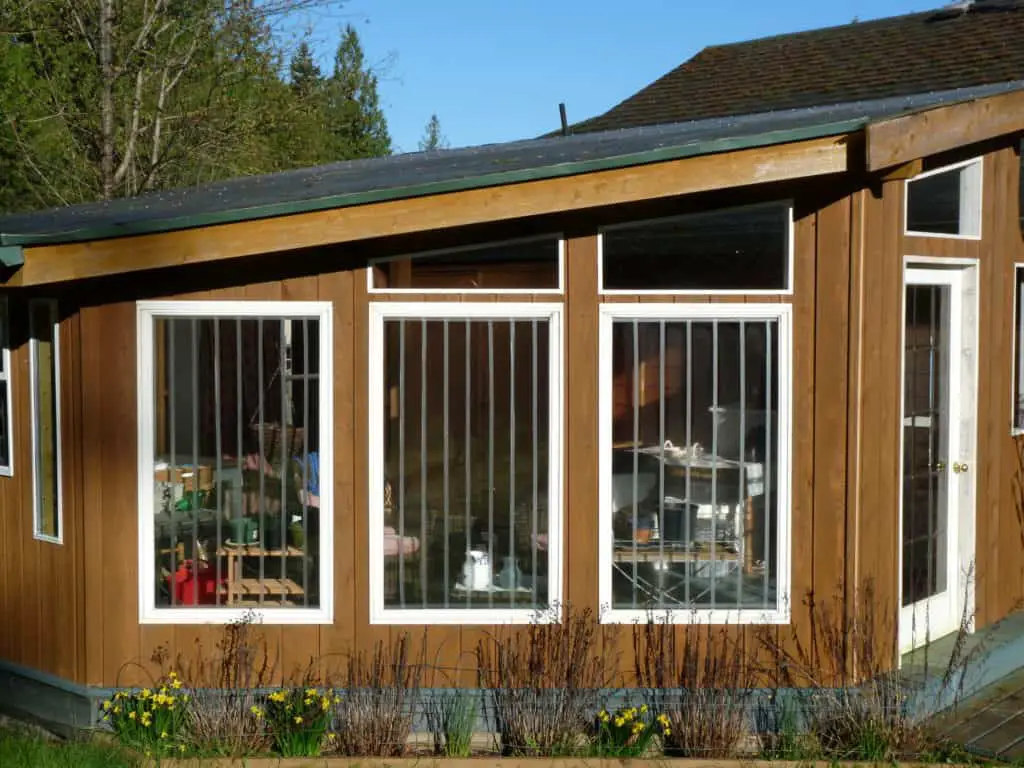
16. Don’t mow your lawn so often to preserve the insects
This is my laziest tip of them all. Avoid mowing the lawn too often. Try turning it into a meadow this season. When stopping mowing the garden, you invite more wildlife and building greater biodiversity.
17. Building an insect hotel
By building an insect hotel, you give many animals a place to sleep: bees, wasps, bumblebees, butterflies, and a lot of different insects.
To build an insect hotel, you only need a thick tree trunk or log. Drill some holes in it and place it in a place where it is damp, a bit sunny, and close to a place where insects thrive, like a hedge, flowers, or a pond. Don’t limit yourself to only one hotel. Build as many as you would like. They will quickly populate. Most insects prefer to be shielded from wind and rain.
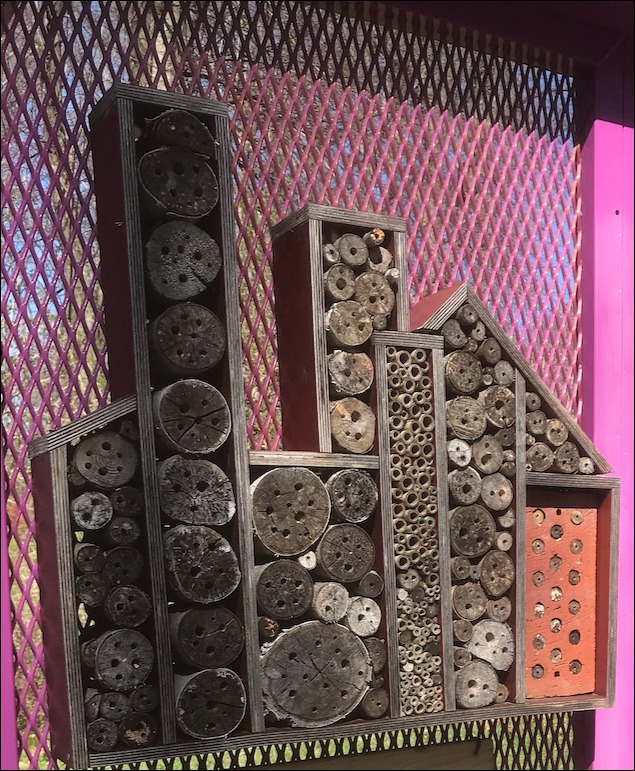
The holes for the insects should be anything between a tenth of an inch (2mm) and half an inch (12mm). Every insect has their own taste. The holes should be at least 4 (10cm) to 6(15cm) inches deep and not all the way through.
Another popular way is to use bamboo straws which is perfect for solitary bees.
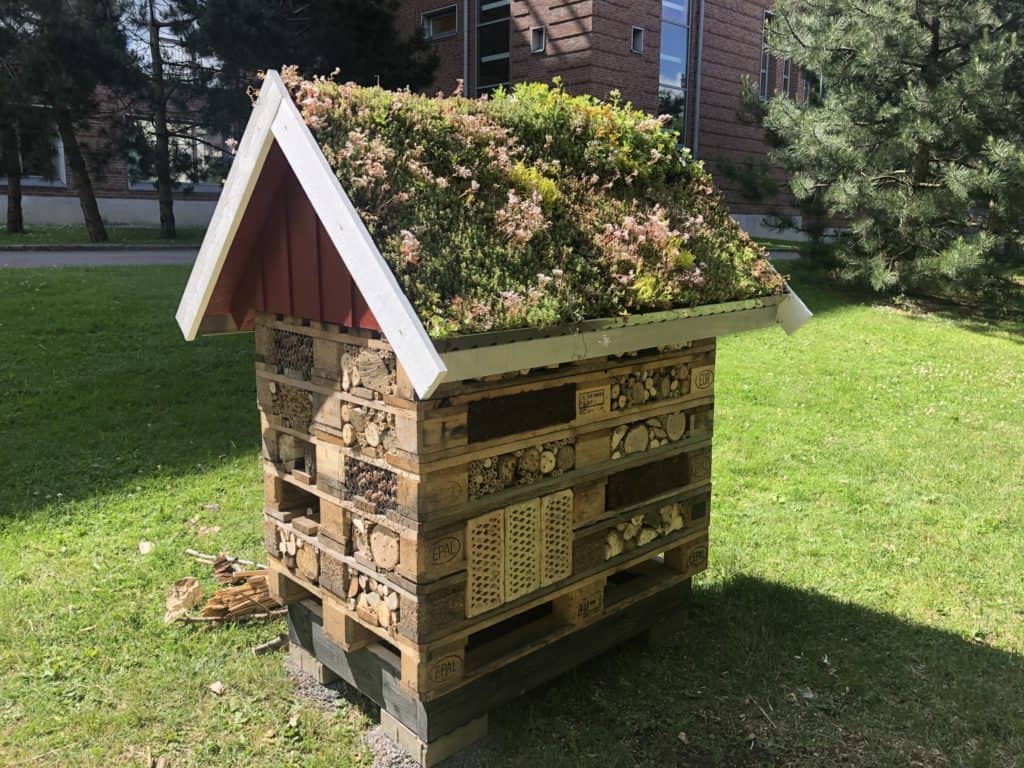
18. The best thing you can do for the animals is going vegan
Yes, this is the hard truth. By going vegan, you save multiple animals per year from the food industry and tell companies with your wallet that you do not support violence towards animals. However, many people quit veganism in the first few days. Usually, this is due not to have a plan or goal. The most common way to go vegan in the beginning is to reduce the number of animal products in your diet over time. However, this is very individual, and some prefer going cold turkey and stop overnight.
My vegan journey started by educating myself about the food industry and acknowledge my taste buds isn’t worth more than a life of an animal.
The Vegan Society has a calculator on their website that calculates how many animals per year you can save. (Here)
I hope these tips were helpful in your journey to helping animals. In case you have your own advice that doesn’t cost any money please let me know.
